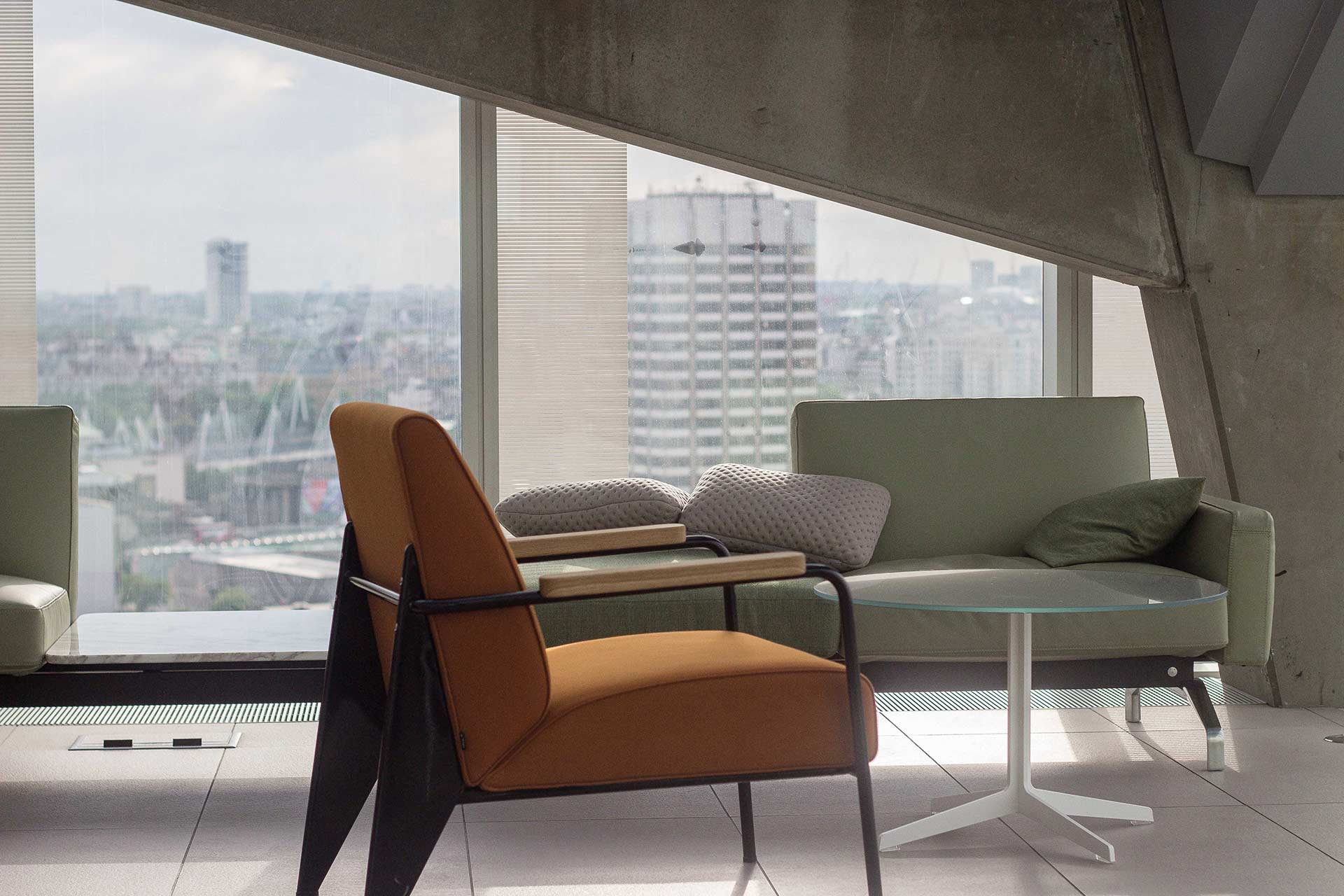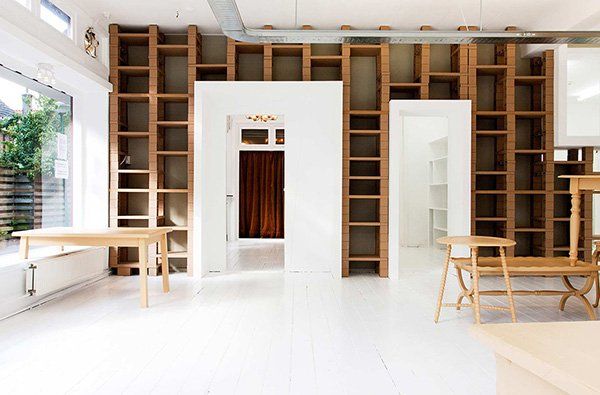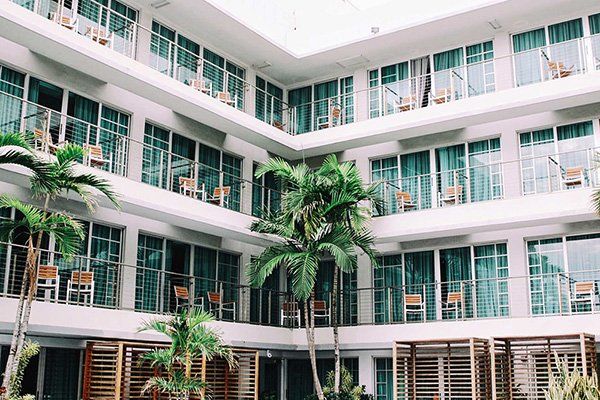What Defines a Northwest Contemporary Style Home?
Pacific Northwest Architecture refers to a regional architectural style that is characteristic of the Pacific Northwest region of North America, encompassing parts of the United States and Canada, such as Washington, Oregon, and British Columbia. This architectural style is influenced by the unique natural and cultural features of the region. Several key elements define Pacific Northwest Architecture:
Integration with Nature:
- Emphasis on blending structures with the natural environment.
- Large windows and open designs to maximize natural light and views of the surrounding landscape.
- Use of natural materials such as wood, stone, and glass.
Climate Responsiveness:
- Designs that take into account the region's climate, which includes frequent rain and mild temperatures.
- Overhanging roofs to protect from rain and provide shade.
- Well-insulated structures to deal with the cool, damp climate.
Wood as a Dominant Material:
- Extensive use of wood, reflecting the abundant timber resources in the region.
- Cedar and Douglas fir are common wood choices due to their durability and resistance to decay.
Sustainable Design:
- A focus on sustainability and environmentally friendly practices.
- Incorporation of energy-efficient technologies and materials.
- Recognition of the importance of preserving the natural beauty of the region.
Cultural Influences:
- Incorporation of Native American and indigenous design elements and aesthetics.
- Respect for local cultural traditions and history.
Craftsmanship:
- Emphasis on craftsmanship and attention to detail.
- Handcrafted elements that showcase the skills of local artisans.
Modularity and Flexibility:
- Designs that often accommodate changing needs and lifestyles.
- Open floor plans that allow for flexible use of space.
Low-Profile Structures:
- Many buildings have a low profile to blend into the landscape and reduce visual impact.
- Single-story or low-rise structures are common.
Contemporary Aesthetics:
- While rooted in tradition, Pacific Northwest Architecture can also incorporate modern and contemporary design elements.
Prominent architects associated with Pacific Northwest Architecture include the likes of Pietro Belluschi, A.E. Doyle, and John Yeon, among others. Overall, the architectural style of the Pacific Northwest is shaped by a deep appreciation for the natural environment and a commitment to sustainable and regionally appropriate design principles.









